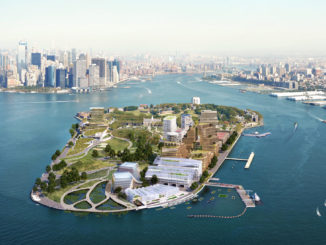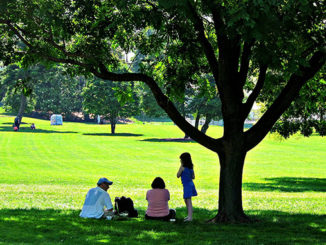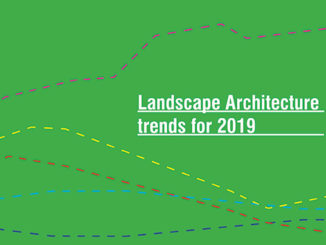Over the past year, there have been numerous organisations, governments, cities, declaring that there is a Climate Change Emergency, but this raises the question – Now What? Will these declarations be enough to move people? Will they move beyond the shocking statements and imagery into action? or Will landscape architects proclaiming that working as a landscape architect and “planting trees” is enough?
At the macro scale, there is great deal that we can achieve through advocating for change to regulations and standards to ensure that governments are not just greenwashing and taking action to mitigate the impact of humans and climate change on the world.
We as landscape architects need to move beyond mere discussion and into action starting with our projects sites. At a bare minimum should be undertaking rigously critiquing of our design projects including the questioning the following:
- do we understand the existing vegetation and site conditions and the remnant vegetation?
- have we reviewed the site topography and understand how we can reduce cut and fill to lessen the need to disturb the native site soils and reduce transportation of soil off or on to the site?
- Are there opportunities to treat and store water onsite and store water for use in irrigation?
- have we calculated and reviewed the ratios of hardscape, softscape, permeable areas and canopy cover? Are there ways we can increase/decrease elements to increase sequestration?
- have we applied dark skies principles and specified low energy lighting.
- have we evaluated every material we are specifying to determine their carbon footprint, solar reflective index and other factors that will reduce the project footprint?
- have we reviewed the plant lists and selecting plants and trees that will increase biodiversity and sequestration of carbon?
Beyond critiquing our design projects we also need to incorporate bigger ideas and concepts of sustainability from an environmental, economic and social perspective. Including addressing social justice through providing access for all to clean energy, drinking water, and education which can in many ways reduce the carbon footprint in fast-growing economies who are still turning to high polluting methods of energy production and manufacturing.
There are numerous ways that we can contribute to change attitudes from seeing climate change as an unsolvable problem to working towards solutions through collaborating with allied professionals, communities, organisations, cities, governments to work towards a better world.

Article Written by Damian Holmes is the Founder and Editor of WLA.



